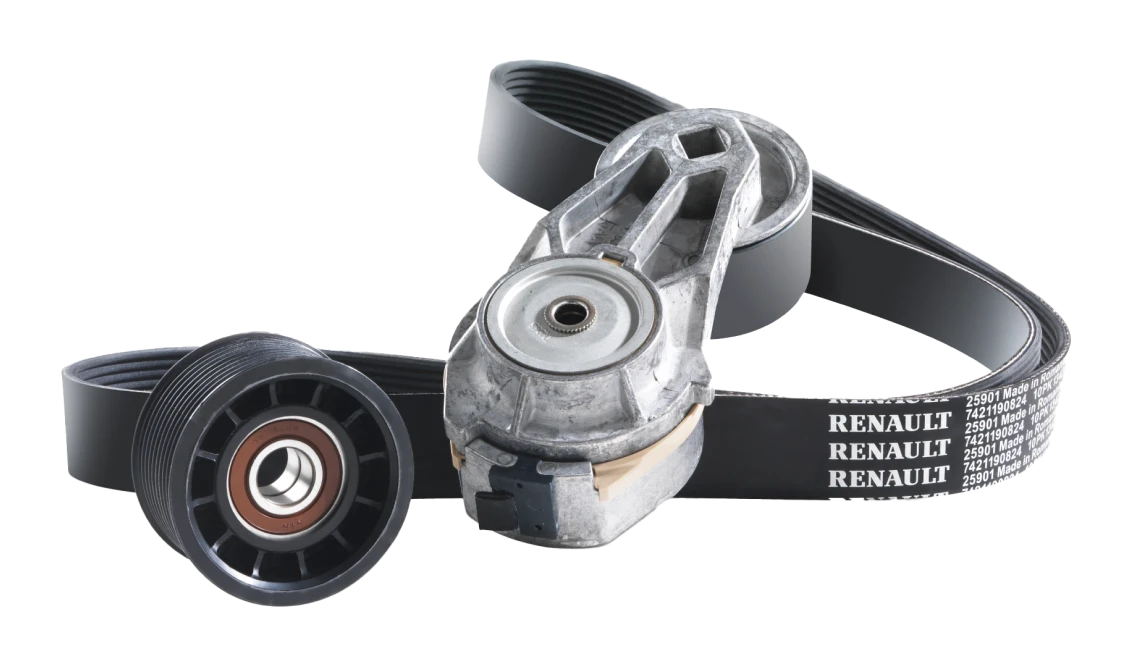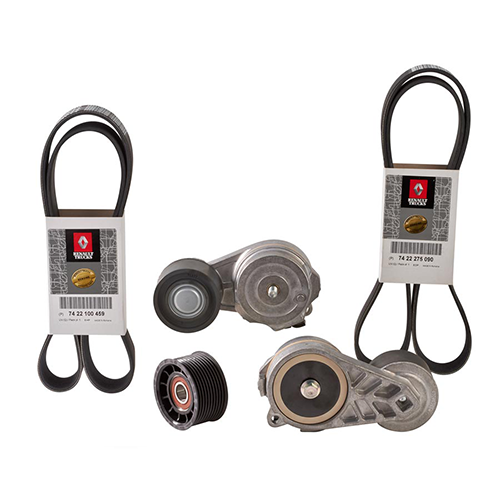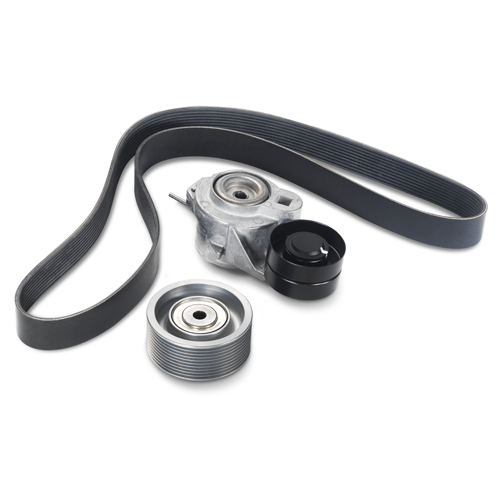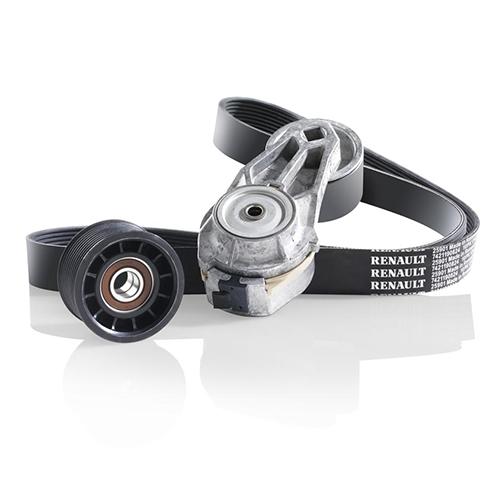
Belts and Tensioners
Renault Trucks offer
Key arguments
Medias
FAQ
I don't want to buy original Renault Trucks parts because they are too expensive compared to adaptable parts.
Renault Trucks Genuine timing kits (belts and tensioners) have been jointly developed or even patented. This ensures that you have the right design for all optimized delivery parts and materials. By buying an adaptable part, you take the risk:
Increase the wear and tear of your engine because of:
- poor manufacturing quality of the element
- parasitic vibrations and friction
- a desynchronization of the distribution
Loss of engine performance resulting in:
- Overconsumption of fuel
- Loss of torque between the various distribution elements
In these two cases, the costs generated will be greater because the parts will have to be changed more quickly and other engine components may also have been damaged.
I prefer to change only the belt rather than everything at the same time: belt, pulleys and tensioner.
During maintenance intervals, you must perform maintenance on your vehicle according to the manufacturer's recommendations, in order to maximize uptime and therefore cost per kilometer.
It is therefore necessary to change the guide pulley at the same time as the tensioner in accordance with the Renault Trucks maintenance program. The drive belts should also be changed at the same time as the tensioners and guides.
For greater simplicity in managing operations and not forgetting any of the recommended parts, Renault Trucks has developed some thirty distribution kits, which cover the entire range of Renault Trucks vehicles.
Think of distribution kits, it's simplifying your life.





